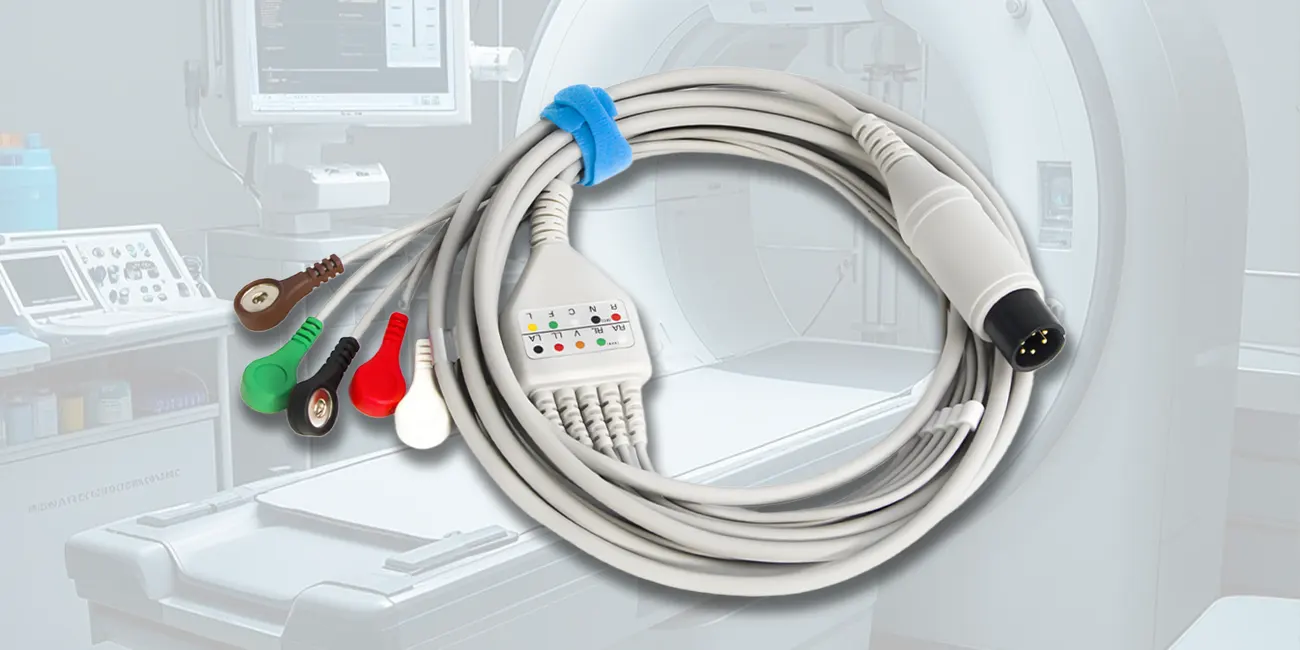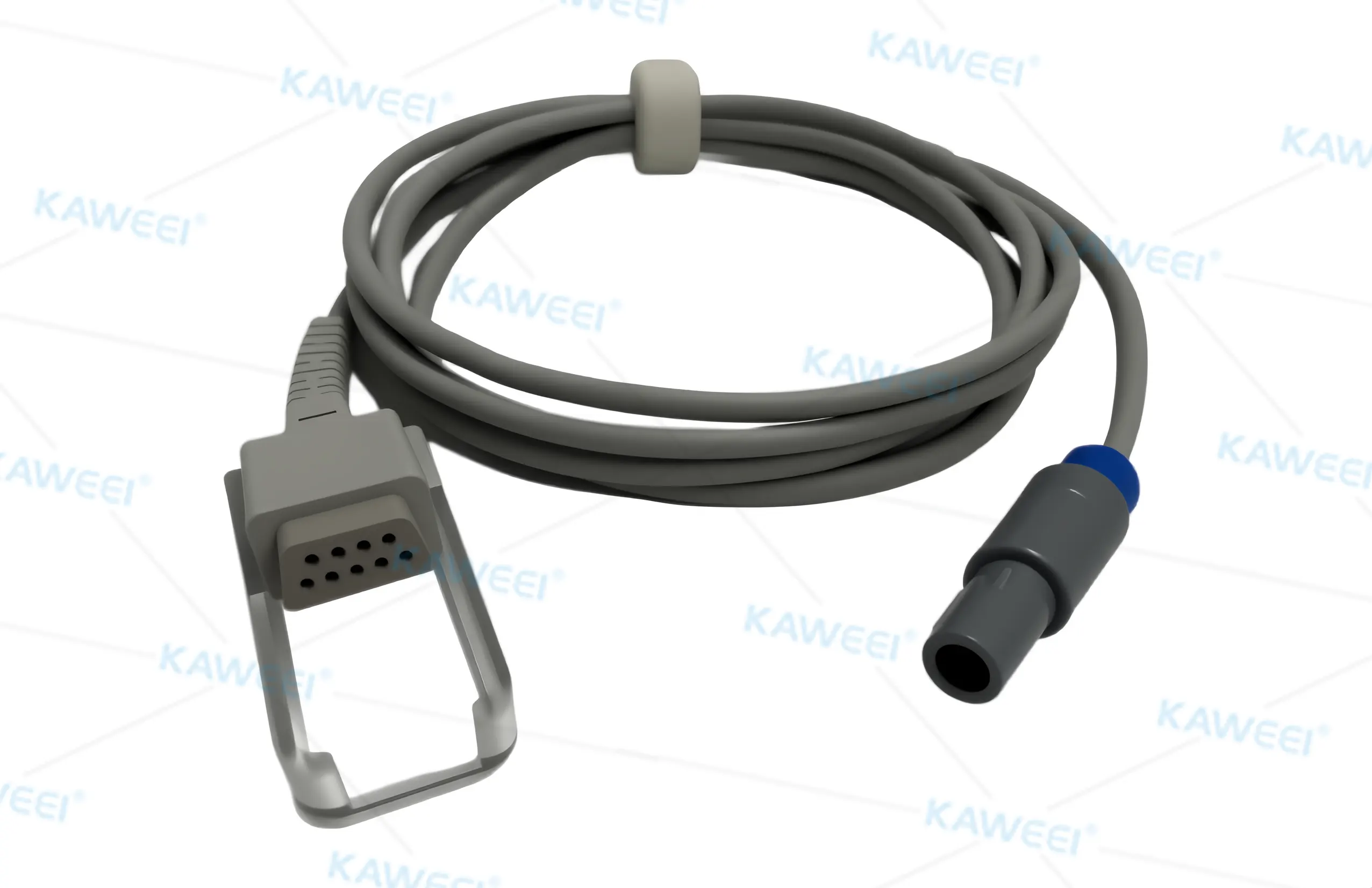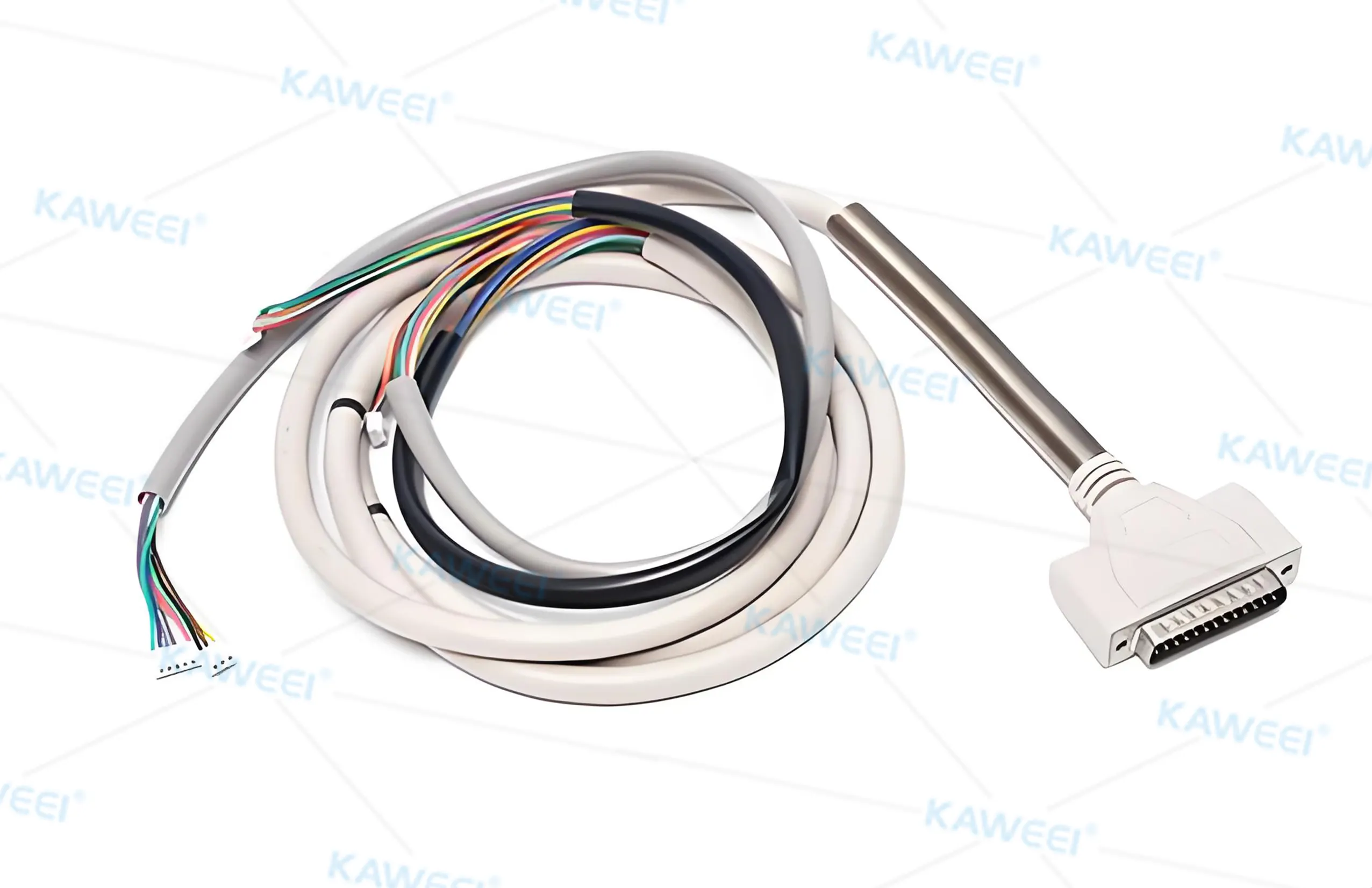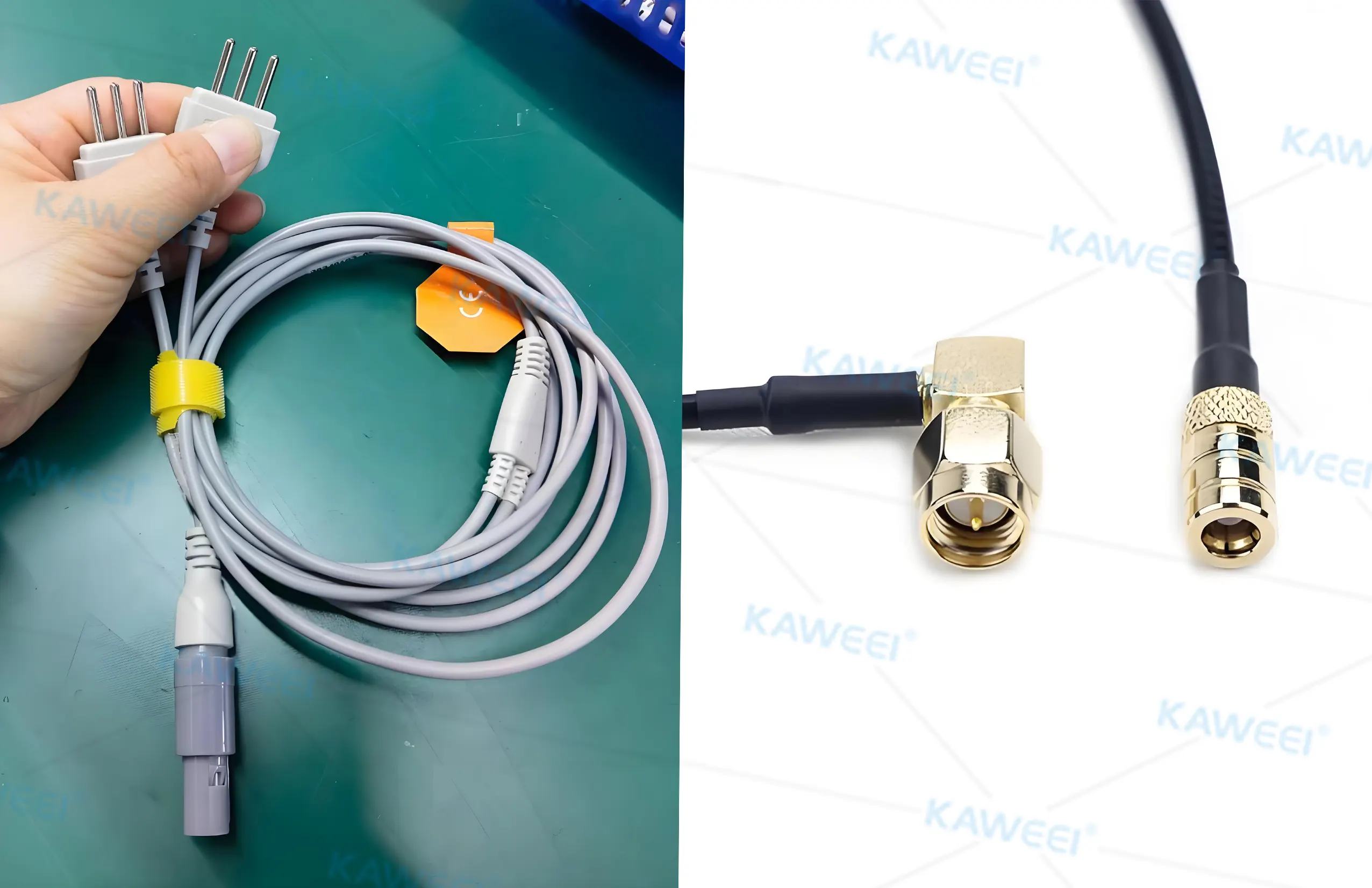
By quanyu lee
2025-08-26 10:25:05
Medical Cable Guide: Types and Applications
With the advancement of modern medical technology, medical devices are increasingly demanding high-performance cables. As critical electrical connection components in medical devices, medical cables ensure stable signal and power transmission, directly impacting the accuracy of diagnosis and treatment. This article will provide a comprehensive understanding of medical cables, covering their definition, types, applications, manufacturing requirements, and customization advantages.
1. What is a Medical Cable?
Medical cables are cable systems designed specifically for medical devices, used to transmit power, signals, and data. They are typically highly flexible, chemically resistant, and immune to interference, ensuring long-term, stable operation in complex medical environments.
2. What are the types of medical cables?
Medical cables can be categorized based on their purpose and structure:
- Patient monitoring cables: used for electrocardiogram (ECG) and blood pressure monitoring.
- Imaging equipment cables: used for connecting ultrasound, MRI, and CT equipment.
- Surgical equipment cables: used for surgical instruments and robotic systems.
- Laboratory instrument cables: used for automated testing equipment.
- Disposable medical cables: used for disposable diagnostic or therapeutic equipment to ensure safety and hygiene.

3. Medical Cable Applications
Medical cables are widely used in various medical devices, including:
- ECG monitors, blood pressure monitors, and blood glucose meters
- Ultrasound, MRI, and CT scanners
- Surgical robots and precision surgical instruments
- Laboratory analytical instruments and automated testing equipment
4. Main Categories of Medical Cable Assemblies
- Power Cables: Provide stable power to devices.
- Signal Cables: Transmit data and control signals to ensure measurement accuracy.
- Shielded Cables: Reduce electromagnetic interference and ensure signal integrity.
- Flexible Cables: Suitable for mobile devices or applications with frequent bending.

5. Medical Cable Connectors
Medical cable connectors are essential components for fast and reliable device connections. Key features include:
- Non-slip, anti-misinsertion design
- High reliability and durability
- Compatible with standard interfaces for various medical devices
- Some connectors are sterilizable
6. Medical Certification Standards
Medical cables must comply with international and regional certification standards, such as:
- ISO 13485: Quality Management System for Medical Devices
- IEC 60601-1: Safety Standard for Medical Electrical Equipment
- RoHS & REACH: Environmental and Restriction of Hazardous Substances Standards
- FDA Certification: Medical device standards for the US market
7. Key Requirements for Medical Cable Manufacturing
- Material Selection: High-temperature resistance, chemical resistance, and good flexibility
- Precision Machining: Ensures error-free signal transmission
- Shielding and Anti-interference Design: Prevents electromagnetic interference from affecting device accuracy
- Durability Testing: Ensures long-term reliability

8. Key Attributes of Medical Cable Assemblies in Medical Devices
- Safety: Ensures patient and operator safety
- Accuracy: Ensures accurate data measurement
- Reliability: Provides continuous and stable operation to prevent device failure
- Flexibility: Adapts to mobile devices and complex operating environments
9. Benefits of Custom Medical Cables
- Meeting Special Needs: Customization based on device size, interface, and functionality
- Improving Device Performance: Optimizing Signal Transmission and Durability
- Enhancing Safety: Selecting Materials Based on Environmental and Usage Requirements
- Shortening Delivery Cycles: Customized Solutions Adapt to Existing Medical Devices
- Kaweei's Custom Cable Harness Factory provides professional customization services to meet the precise requirements of various medical devices.

10. FAQs: Frequently Asked Questions About Medical Cables
Q1: Can medical cables be sterilized directly?
A: Most medical cables can be sterilized, but the specific method should be referred to the manufacturer's instructions. Special materials can withstand high-temperature and high-pressure sterilization.
Q2: What is the typical lifespan of a medical cable?
A: It generally lasts 3-5 years, depending on frequency of use and environmental conditions. However, regular inspection and maintenance can extend its lifespan.
Q3: What are the advantages of customizing medical cables?
A: Customization can meet specific device size, interface, and functional requirements, improving device safety and performance. Kaweei's custom cable harness factory provides high-precision customization services to ensure optimal device operation.
Q4: Are medical cables susceptible to electromagnetic interference?
A: Medical environments are subject to various electromagnetic interferences. High-quality shielded cable design can effectively reduce interference and ensure stable signal transmission.
11. Conclusion
Medical cables are essential components in modern medical devices, and their performance directly impacts the safety, accuracy, and reliability of these devices. Choosing high-quality cables that meet certified standards, or opting for specialized custom solutions like those offered by Kaweei Wire Harness Customization, can ensure stable and safe operation of medical devices in a variety of environments.



